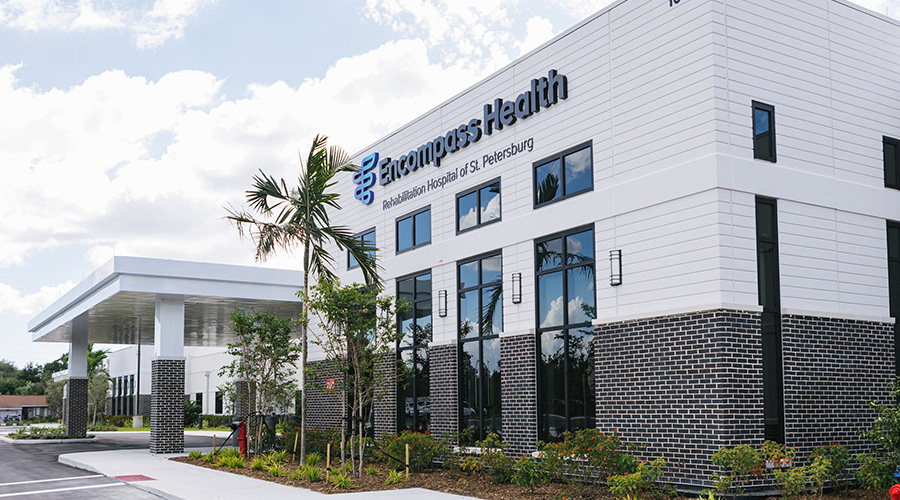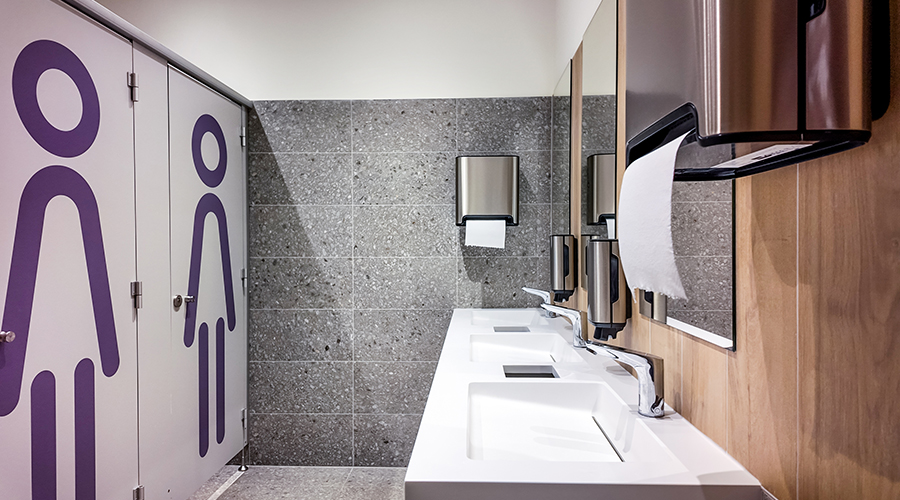A range of multidrug-resistant organisms (MDRO) were decreased among patients after facilities added ultraviolet environmental disinfection (UVD) to the cleaning regimen, according to a study published in the June issue of the American Journal of Infection Control.
Researchers found that the rate of hospital-acquired infections caused by MDRO and C. difficile was significantly lower during the 22 months of UVD use compared with the 30-month period before UVD (2.14 cases per 1,000 patient-days versus 2.67 cases, respectively), according to an article on the FacilityCare website.
The study analyzed 52 months of hospital-acquired MDROs plus C. difficile before and during UVD use. During the pre-UVD period (January 2009-June 2011), the hospital used standard cleaning protocols (sodium hypochlorite) to disinfect MDRO patient rooms upon discharge.

 A 'Superbug' Is on the Rise in Hospitals
A 'Superbug' Is on the Rise in Hospitals The Next Generation of Security Tech in Healthcare Facilities
The Next Generation of Security Tech in Healthcare Facilities Encompass Health Rehabilitation Hospital of St. Petersburg Opens
Encompass Health Rehabilitation Hospital of St. Petersburg Opens Why More Facilities are Adding Gender Neutral Restrooms
Why More Facilities are Adding Gender Neutral Restrooms Massachusetts Hospital Cyberattack Reflects Growing Vulnerability in Healthcare Systems
Massachusetts Hospital Cyberattack Reflects Growing Vulnerability in Healthcare Systems